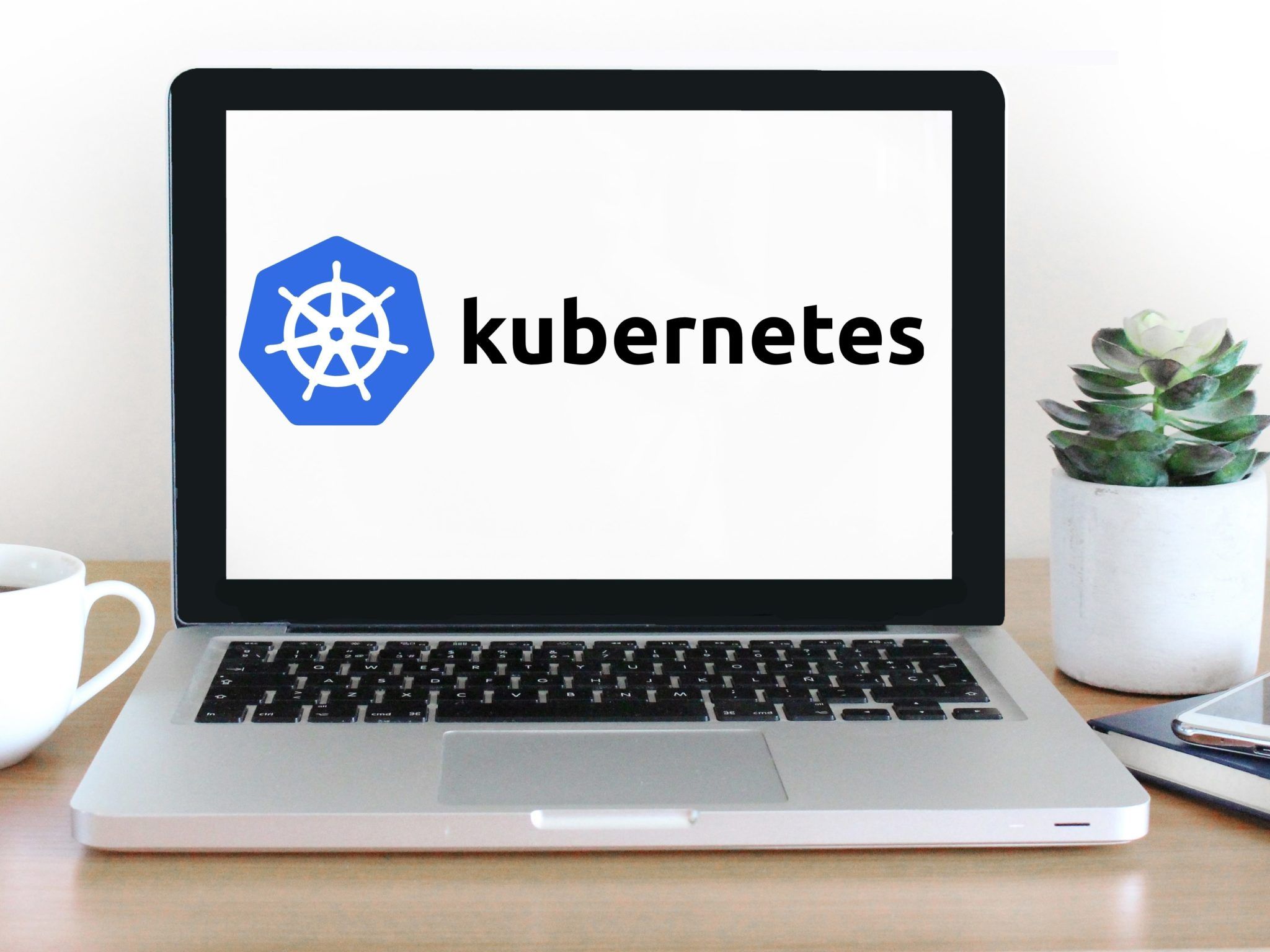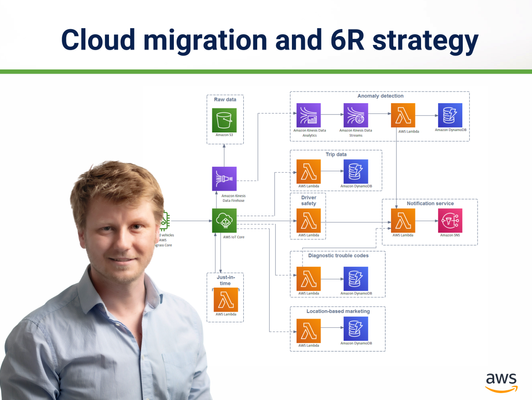
Kubernetes (k8’s) is a powerful tool for automating container deployment and management. Kubernetes is another big wave in cloud computing, and it’s easy to see why companies are migrating their infrastructure and architecture to match the era of native data-driven cloud.

Instrumenting Containers
Containers provide an easier way of packaging and deploying services, isolate processes, invariability, efficient use of resources and less taxing way to create them.If you really embed the containers into operations, you can end up with tens or even thousands of them over time. If you really embed the containers into operations, you can end up with tens or even thousands of them over time. And because all of these containers need to be properly deployed, managed, connected, and of course updated, assuming you did it all by hand, then you’d have to devote a whole team to this.
It is not enough to run the containers; you also need to know how to:
- integrate and instrument these modular parts
- increase and reduce them based on demand
- protect them against errors
- provide communication in cluster
You may think that all this is the duty of containers, but they are just a piece of the puzzle. Above them are their schedulers, tools that make your job easier – and here is where the Kubernetes belongs.
Kubernetes – great for multi-cloud application
At present, many companies are focusing on microservice architecture; no wonder that containers and tools used for their management are so popular.
The microservice architecture facilitates splitting the application into smaller container components that can then be run in different cloud environments, allowing you to choose the best hosting for your needs.
Kubernetes is designed so that it can be used anywhere. It can be deployed in a public/private/hybrid cloud, allowing users to be addressed where they are, with greater availability and security.
Deployment and updating of scalable applications for faster time to market
Thanks to Kubernetes, teams can keep up with development requirements, because without them, they would have to write scripts for their own procedures by hand.
Containers combined with an instrumentation tool manage equipment and services for you – increasing the reliability of your application while reducing the amount of time and resources spent on DevOps.
Kubernetes and its several features that enable faster application deployment with respect to scalability:
- horizontal infrastructure scaling – simple addition and removal of servers
- auto-scaling – automatic adaptation of the number of running containers (by metrics or CPU)
- manual scaling – manual changes of number of running containers (by command or through an interface)
- replication control – starting and stopping of modules in cluster based on current demand
- status check and self-repair – Kubernetes checks the status of nodes and containers and ensures application sustainability, offers self-repairs and automatic substitution
- traffic routing and load balancing – built-in load balancing in case of outages or during periods of heavy traffic
- automatic version uploading and reverting – fast processing of loading new versions and updates without time delays, in case of upload problems, Kubernetes restores the previous version automatically
- trial deployment – allows testing of the new version concurrently with the previous version


Get in touch with us
Tell us more about you and we'll connect you with a TrustSoft expert who can give you more information about our products and services.
Our valued
clients



